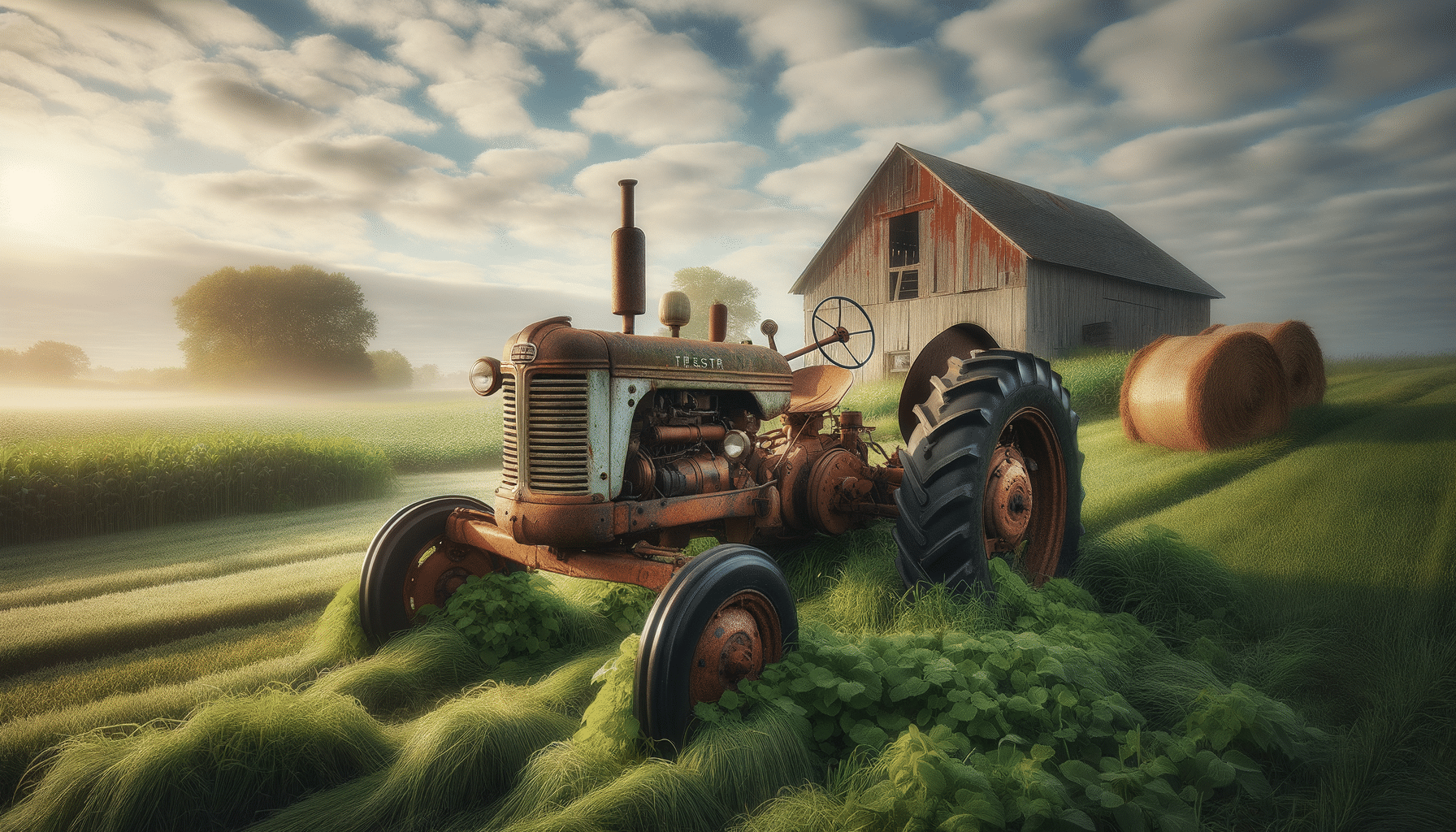
Key Factors to Consider When Buying a Used Tractor
Understanding the Market for Used Tractors
Purchasing a used tractor requires a keen understanding of the market. The agricultural equipment market is vast, with numerous brands and models available. Knowing the typical pricing and availability can help you make an informed decision. Factors such as age, hours of usage, and the condition of the tractor significantly influence the price. By researching the current market trends, you can identify what constitutes a fair deal.
It is essential to consider the seasonal fluctuations in demand for used tractors. For instance, demand may peak during planting or harvest seasons, potentially driving up prices. Conversely, buying off-season might offer better deals. Keeping an eye on these trends can provide you with a strategic advantage.
Additionally, online marketplaces and auctions have become popular venues for purchasing used tractors. They provide a platform where you can compare different models and prices easily. However, buying online requires caution, as it may be challenging to assess the tractor’s condition accurately. Engaging with local dealers or attending farm equipment expos can also provide valuable insights and opportunities to inspect machinery firsthand.
Evaluating the Condition of a Used Tractor
Assessing the condition of a used tractor is crucial to ensure it meets your operational needs. Start with a thorough visual inspection. Look for signs of wear and tear, rust, and any repairs that might have been made. Check the tires for tread depth and any signs of cracking or damage.
The engine is the heart of the tractor, and its condition is paramount. Listen for unusual noises during start-up and operation. Inspect the exhaust for excessive smoke, which may indicate engine problems. It’s advisable to check the oil and coolant levels and look for any leaks.
Another critical component is the transmission. Ensure it shifts smoothly without any grinding noises. Test all the gears and the clutch to ensure proper functionality. Additionally, check the hydraulic system for leaks and proper operation, as it plays a crucial role in many agricultural tasks.
Finally, examine the tractor’s maintenance records, if available. Regular maintenance is a good indicator of the tractor’s reliability and longevity. A well-maintained tractor is likely to offer better performance and fewer unexpected repairs.
Determining the Right Size and Model
Choosing the correct size and model of a used tractor is essential for maximizing efficiency on your farm. The size should align with the scale of your operations. A larger farm may require a tractor with higher horsepower and more robust capabilities, while a smaller operation might benefit from a compact model with greater maneuverability.
Consider the specific tasks you need the tractor to perform. Different models offer varying features and attachments, such as loaders, backhoes, or plows. These attachments can greatly enhance the tractor’s utility, making it a versatile tool for your farm.
It’s also important to consider the terrain of your farm. If your land is hilly or uneven, a tractor with a higher clearance and stability might be necessary. Conversely, for flat and expansive fields, speed and efficiency might be prioritized.
Researching the reputations of different models can also guide your decision. Some models are renowned for their durability and ease of maintenance, while others might be known for specific features that align with your needs.
The Importance of Test Driving
Before finalizing your purchase, test driving the used tractor is a vital step. It allows you to assess the tractor’s performance and comfort. Pay attention to how the tractor handles different terrains, especially those similar to your farm.
During the test drive, evaluate the tractor’s ergonomics. Comfortable seating and easy-to-reach controls can make a significant difference in daily use. Ensure visibility from the driver’s seat is adequate for safe operation.
Test all the operational systems, including the brakes, steering, and any electronic controls. This hands-on experience can reveal potential issues not visible during a static inspection.
Lastly, trust your instincts during the test drive. If anything feels off or uncomfortable, it might be worth considering other options. A test drive is not just about the mechanics; it’s about how the tractor feels to you as the operator.
Negotiating the Purchase Price
Once you’ve identified a suitable used tractor, the next step is negotiating the purchase price. Start by researching the average market value for similar tractors in your area. This information provides a baseline for negotiation.
Highlight any issues or repairs needed during the negotiation process. These can be leverage points to lower the price or request that the seller address them before the sale.
Consider additional costs such as transportation, taxes, and any immediate repairs or maintenance the tractor might require. These factors can impact your budget and should be considered when negotiating the final price.
Be prepared to walk away if the price doesn’t align with your budget or the tractor doesn’t meet your needs. Sometimes, patience can lead to better deals or more favorable terms.
Finally, ensure that all agreements are documented in writing, including any warranties or service agreements. This documentation protects both parties and ensures clarity in the transaction.


